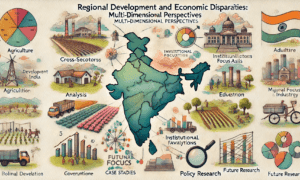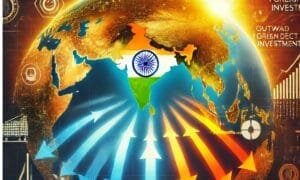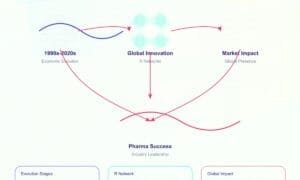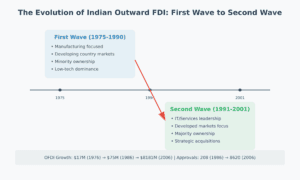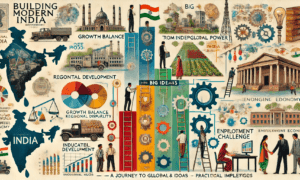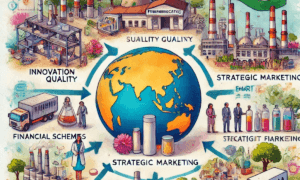The Big Picture Imagine you’re watching a game of international business chess. Indian pharmaceutical companies are making bold moves, acquiring companies abroad at an unprecedented rate. But why? This fascinating research reveals it’s not just about expanding markets – it’s about transforming themselves from process experts into product innovators.
A Tale of Two Capabilities Indian pharma companies have an interesting history. For decades, they excelled at one thing: finding clever, cost-effective ways to make existing drugs (process innovation). Think of them as master chefs who could recreate any recipe perfectly and make it more affordable. However, they weren’t creating new recipes (product development).
The Global Shopping Spree When India opened its economy in the 1990s, these companies faced a new challenge: they needed to develop their own drugs to stay competitive. Rather than starting from scratch, many chose a faster route – buying companies in developed countries that already had these capabilities. The numbers tell the story:
- 52 Indian pharmaceutical companies made 139 foreign acquisitions
- Total value: Over $3.4 billion (2000-2009)
- 92.6% of acquisitions were in developed countries
What Attracts Indian Pharma Companies? The research found three main factors that influence where these companies shop for acquisitions:
- Market Size: They target countries with large pharmaceutical markets
- Innovation Infrastructure: Countries with high patent activity and skilled workforce
- Business Environment: Nations with liberal foreign investment policies
The Strategy Behind the Spending This isn’t just random shopping – it’s strategic capability building. Think of it as an apprentice craftsman buying an established workshop: you get not just the tools, but also the expertise, techniques, and customer relationships all at once.
Practical Implications
For Business Leaders:
- Consider acquisitions as a fast track to building new capabilities
- Look beyond market access to knowledge and skill acquisition
- Focus on countries with strong innovation ecosystems
For Policymakers:
- Understand that overseas acquisitions can help domestic industry development
- Support companies in their international expansion efforts
- Create policies that facilitate knowledge transfer
The Road Ahead While this strategy shows promise, it’s not without challenges. Not all companies have the resources for acquisitions, and managing international operations requires new skills. However, for those who can make it work, it offers a fast track to global competitiveness.
This real-world story of Indian pharmaceutical companies shows how businesses can use strategic acquisitions to transform themselves and compete in the global marketplace. It’s not just about buying companies – it’s about buying capabilities and building the future.
Academic Abstract:
While in general, studies on foreign acquisitions by emerging multinationals (EMNEs) have predicted these acquisitions to be driven by both market-seeking and strategic resource-seeking motivations, more concrete analyses on this topic are limited. This paper contributes to the existing literature by analyzing the overseas acquisition activities of EMNEs from Indian pharmaceutical sector. Using the general framework of technological change in emerging economies, Indian pharmaceutical firms are identified to have delicate weakness in their product development capabilities to face intensifying competition in the globalized policy regime. It makes sense for these firms to internationalize through acquisitions of foreign assets that help them not only access new markets but also new products and technologies to overcome their limited product development competencies. The empirical findings highlight the role of host market size, intensity of patenting, skill and liberal FDI policy regime as the key determinants of the geographical distributions of Indian pharmaceutical acquisitions. This implies that EMNEs from Indian pharmaceutical industry are using acquisition as a mixed strategy of accessing markets as well as strategic assets/resources.
Learn More:
Full citation: Pradhan, Jaya Prakash (2010), ‘Strategic Asset-seeking Activities of Emerging Multinationals: Perspectives on Foreign Acquisitions by Indian Pharmaceutical MNEs’, Organizations and Markets in Emerging Economies, 1(2), pp.9–31, Publisher: Vilnius University.
Learn More:






